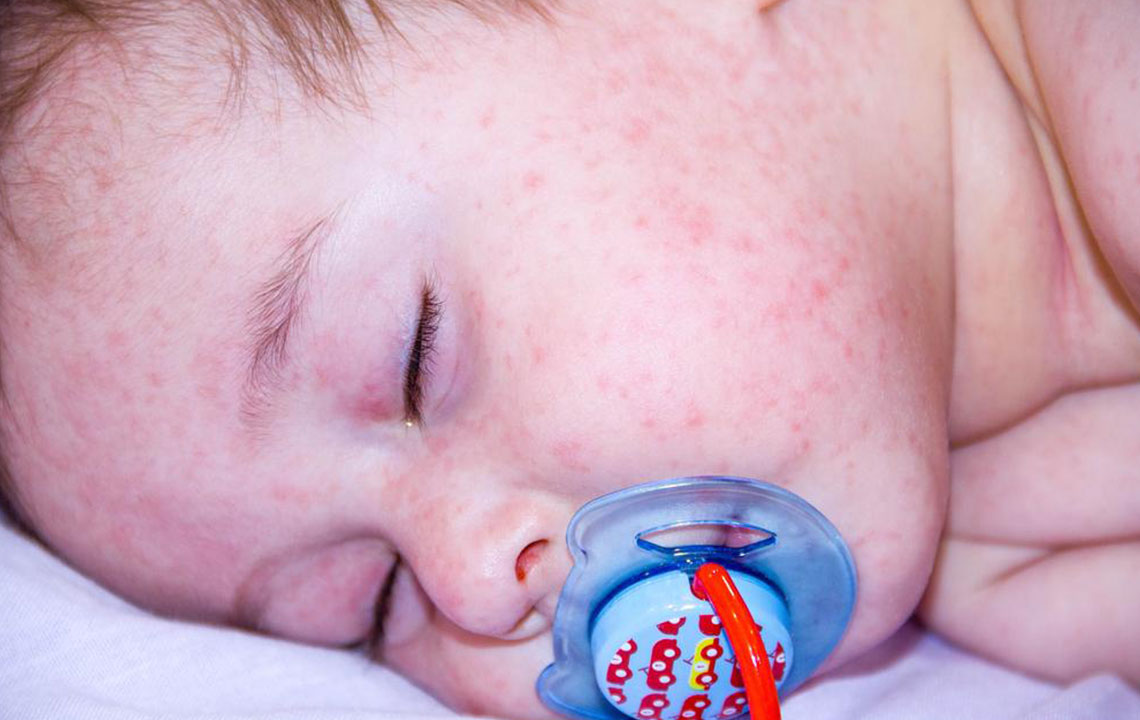8 ways to take care of atopic dermatitis in kids
The most common type of eczema that affects infants and children younger than two years is atopic dermatitis. It is a relapsing type of disorder caused by either hereditary or immunological factors. The symptoms can vary from mild, itchy red rash to small, oozing blisters. There can be episodes of acute flare-ups followed by remission.
The condition improves as the child grows older and may resolve completely by the time the child reaches puberty. Atopic dermatitis treatment consists of a long-term care plan to improve a patient’s skin hydration, reduce inflammation and enhance the quality of life for the child. An atopic dermatitis treatment can include a variety of measures to control the symptoms.

- It is important to keep the skin hydrated at all times and prevent it from drying. Emollients make a protective barrier and minimize the effects of irritants and dehydrating agents. Complete emollient therapy with an emollient moisturizer and bath substitute is recommended for an effective control of symptoms. A good emollient therapy can be an effective atopic dermatitis treatment and can help reduce frequent flare-ups.
- Avoid hot water for baths as it can cause dry skin. Use mild unscented soaps with a neutral pH level. A bath should be immediately followed by an application of a topical emollient. Always pat the skin dry, never rub with a towel.
Regular follow-ups are mandatory to ascertain whether the treatment is working effectively. In the case of frequent exacerbations, follow up with your pediatrician to ascertain if the medication needs to be changed.

